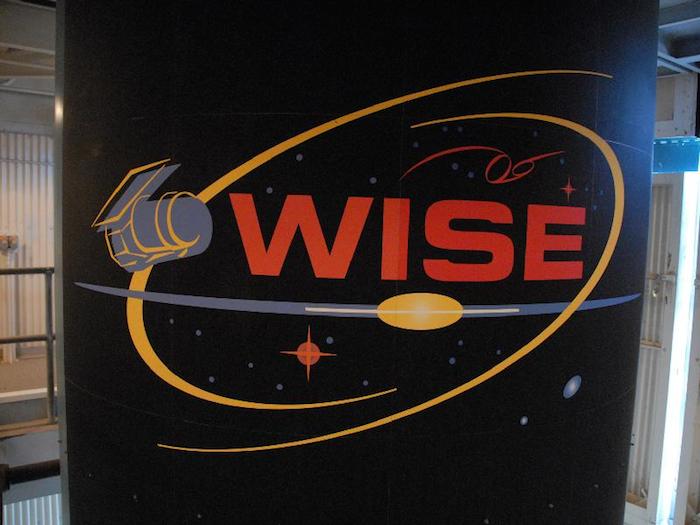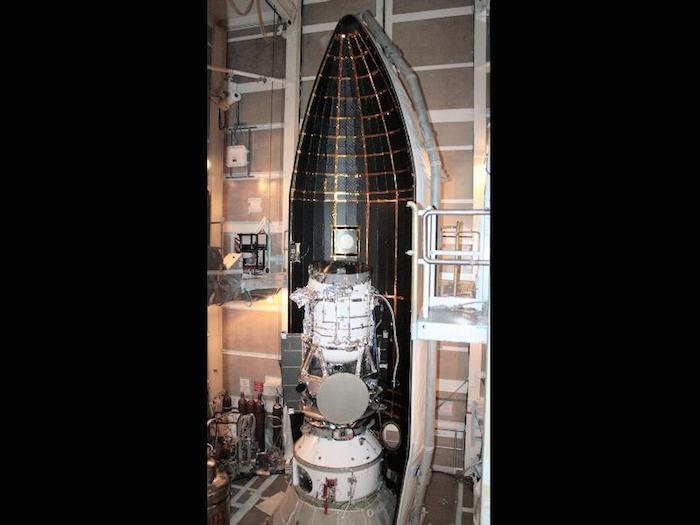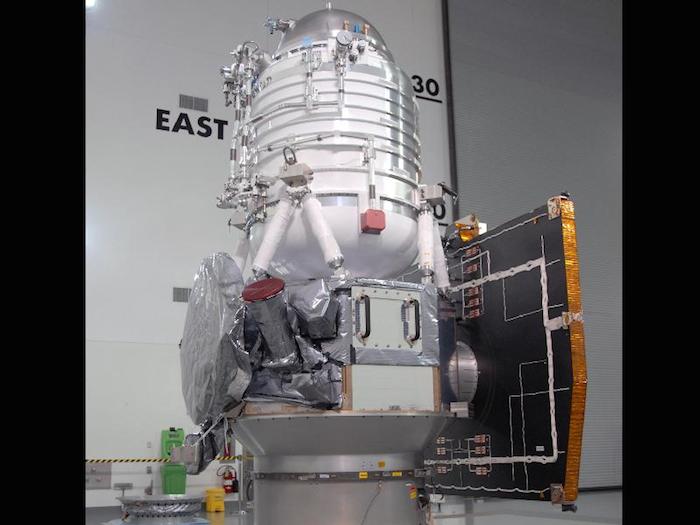.

NASA Response to Recent Paper on NEOWISE Asteroid Size Results
A paper posted Sunday by Nathan Myhrvold to ArXiv.org and described in an article by reporter Ken Chang in the May 23 New York Times discusses interpretations of data on asteroids from NASA’s NEOWISE mission. The paper was posted before undergoing the essential scientific peer-review process to catch and remove significant errors.
Examination of the paper by members of the science community studying near-Earth objects has found several fundamental errors in Myhrvold’s approach and analysis—mistakes that an independent peer review process is designed to catch. The errors in the paper lead to results that are easily refuted, such as sizes for well-known asteroids that are significantly larger or smaller than their already-verified sizes. While critique and re-examination of published results are essential to the scientific process, it is important that any paper undergo peer review by an independent journal before it can be seriously considered. This completes a necessary step to ensure science results are independently validated, reproducible, and of value to the science community.
All of the published NEOWISE team papers providing their results have endured the peer-review process. NASA is confident that the processes and analyses performed by the NEOWISE team are valid and verified and stands by its data and scientific findings.
Data from the NEOWISE mission is available on a website for the public and scientific community to use. A guide to the NEOWISE data release, data access instructions and supporting documentation is available at http://wise2.ipac.caltech.edu/docs/release/neowise/. Access to the NEOWISE data products is available via the on-line and API services of the NASA/IPAC Infrared Science Archive. A list of peer-reviewed papers using the NEOWISE data is available at http://neowise.ipac.caltech.edu/publications.html
.


Quelle: NASA
4508 Views
